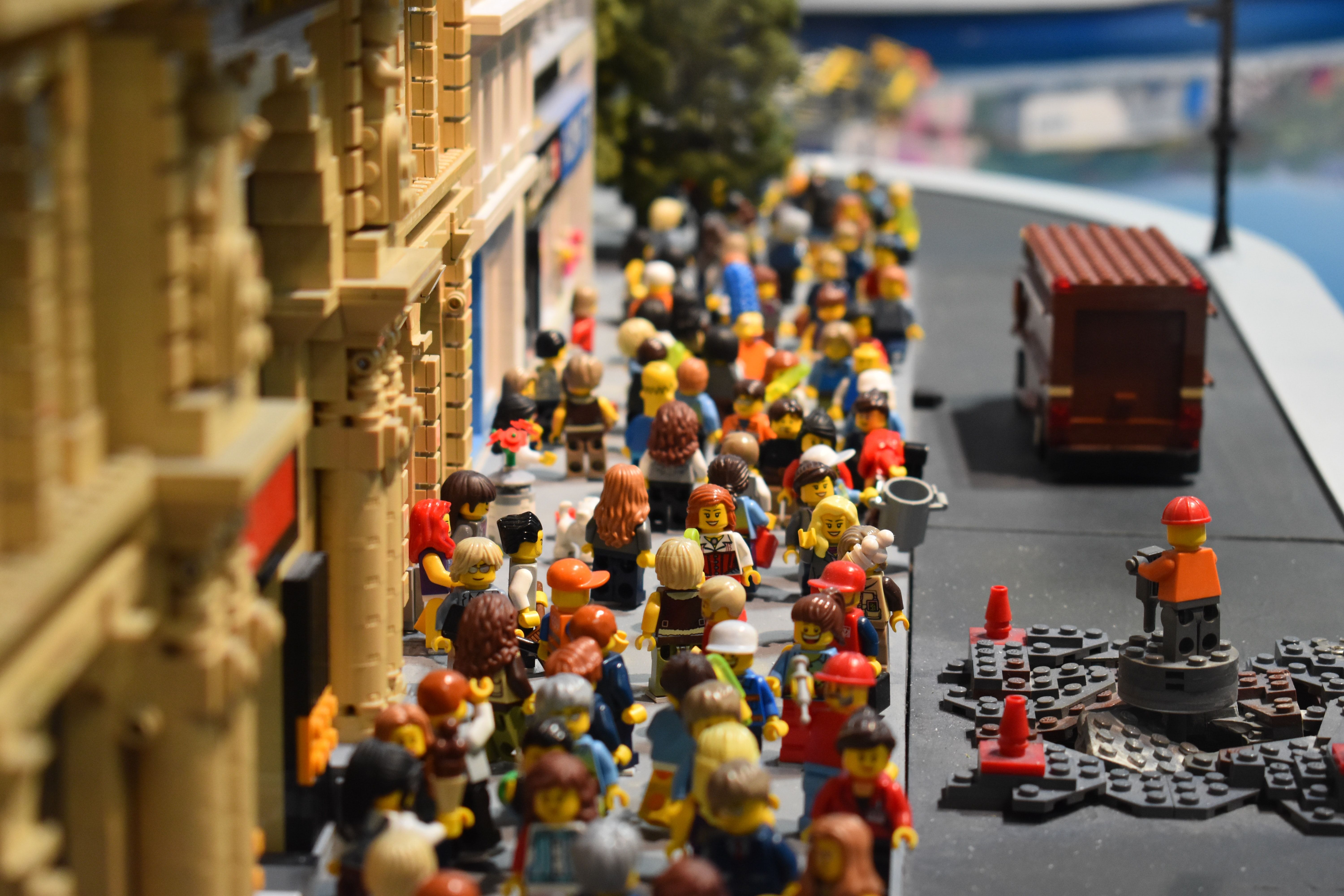
The future of rail, a fresh wind is blowing
Juliane Trummer
VP of Strategy and Design at Mormedi
Last Tuesday, December 8th, I had the opportunity to present together with María José Vargas Díez, Head of Innovation Strategy and Culture at Talgo at the RedCabin Railway Interior Innovation Summit, a two-day event that gathered together over 60 representatives from rail operators, manufacturers, and design firms to share and explore ideas for the future of rail.
Due to increased competition and the effects of liberalization, a fresh wind is blowing through the rail industry. However, at the same time it continues to be challenged by a high pressure for cost efficiency and optimization, a strict regulatory context, and somewhat rigid tender processes.
Despite these challenges, passenger experience is now top of mind and the excitement and desire for innovation was palpable in all presentations and conversations.
Here I want to share some key takeaways on the train travel of the future:
A key role in building a multimodal transport system
Train travel should be easy, convenient, flexible, and fully integrated with other modes of transport, not only to build the multimodal transport system needed for developing a smart city, but also because operators need to look for new ways to attract current passengers and non-passengers to using rail more.
The importance of knowing the passenger
Building a long-term relationship with passengers by understanding their needs and preferences opens up the opportunity to offer a more personalized experience.
It is important to know that the journey starts long before you actually get onto the train; it is critical to blend and integrate the online and offline part of the journey.
This also means that rail must ensure accessible solutions for all passenger typologies. There is a lot of work still to do in this area, especially in light of the aging of the global population.
Rail could certainly learn from the car industry in terms of showcasing new concepts and designs, being more aspirational to satisfy the need for “icons” that show the way forward, and that will create a buzz beyond the sector.
Thinking long term
One important challenge for the rail industry is to anticipate the future, especially with a product that has such a long lifespan. A train will likely be around for more than 20 years, so you really have to think what is going to change in these 20 years in order for this product to be able to survive.
Finally, when thinking about the long term, collaboration and support will be key. This means operators and manufacturers should collaborate more to achieve richer results. The industry should also work together with the authorities to support the push for more quality and sustainable solutions.
If you would like to set up a chat to discuss how Mormedi can support you in creating a customer-centric mobility experience across vehicles, spaces, and services, please email laura@mormedi.com.


